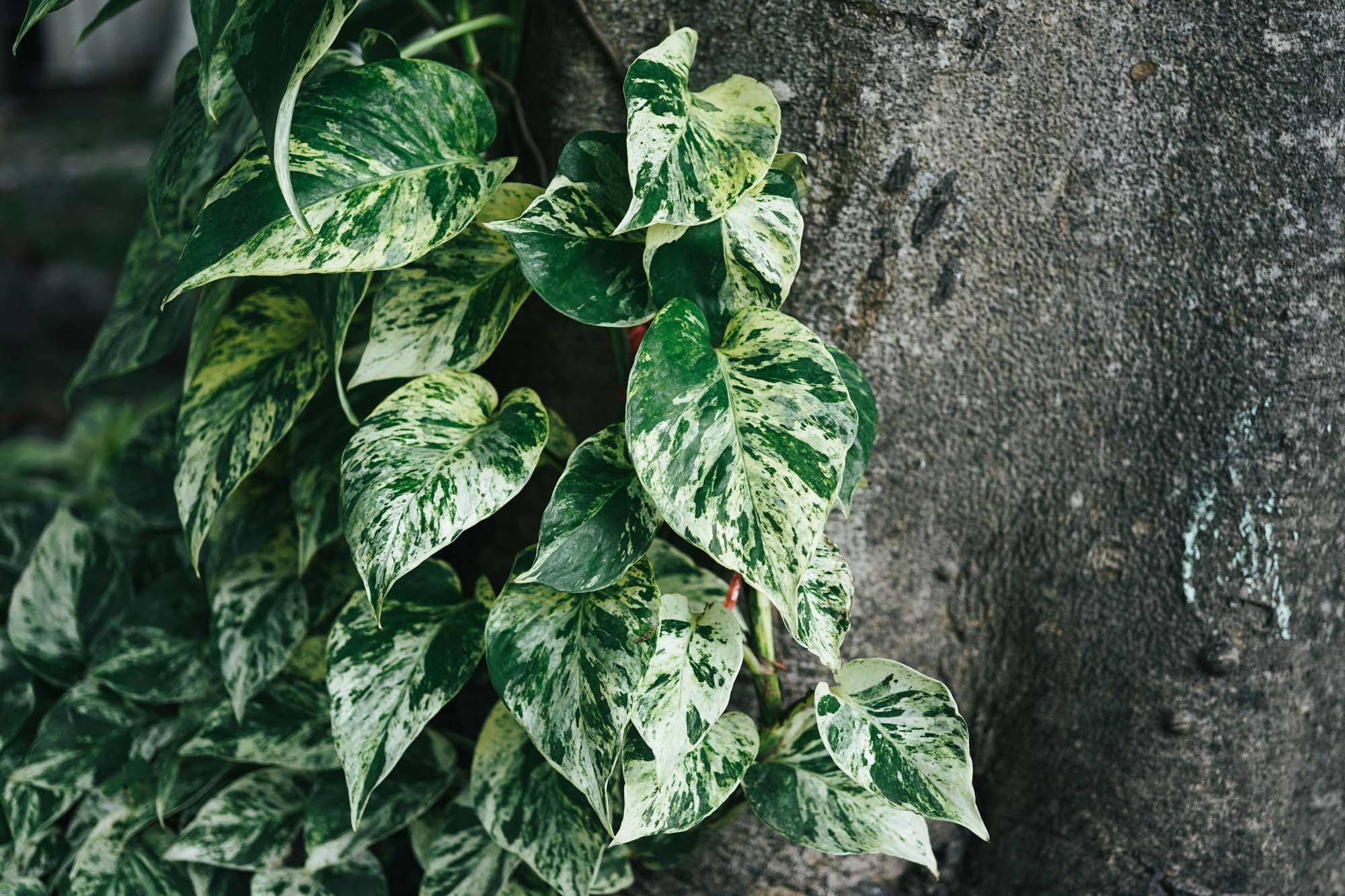Description | Alocasia Melo - Alocasia Rugosa
The Alocasia Melo offers an intriguing aesthetic with its distinctive, rugged leaves that have a dense, matte texture, reminiscent of the prehistoric era. Unlike the more common glossy leaves of other Alocasias, Melo presents a robust appearance with its deep green foliage, which feels almost stone-like to the touch. This plant reaches a moderate size, making it suitable for indoor spaces where its unique texture and form can be fully appreciated.
Identifying Alocasia Melo is easy due to its unique leaf texture and appearance. The plant's leaves are not only visually striking but also quite thick, adding to its distinctive charm. Its compact growth habit and slow rate of growth make it an excellent choice for those looking to add a touch of the exotic without requiring a large space.
The Alocasia Melo is celebrated for its unusual texture and form, making it a popular choice among collectors and those looking to add an element of surprise to their plant collection. Its ability to adapt to indoor conditions with the right care makes it a sought-after species for enthusiasts seeking to bring a piece of the tropics into their home.
History and Origin
Alocasia Melo originates from the rainforests of Borneo, where it thrives under the canopy in its natural habitat. This species is part of the Araceae family and is known for its incredible adaptability to various environments, despite its exotic origins. The Melo cultivar has been specifically appreciated for its unique, rugged leaf texture, which sets it apart from other members of the Alocasia genus. Its name, Melo, reflects its distinctive characteristics and contributes to its allure among plant enthusiasts.
Care Instructions
Light Requirements:
Prefers bright, indirect light but can tolerate lower light conditions better than other Alocasias. Avoid direct sunlight to prevent leaf damage.
Watering:
Water when the top inch of soil feels dry. Alocasia 'Melo' is drought-tolerant compared to other Alocasias but appreciates consistent moisture.
Soil and Fertilization:
Requires well-draining soil rich in organic matter. Fertilize every 4-6 weeks during the growing season with a balanced fertilizer to support its slow growth.
Temperature and Humidity:
Enjoys warm conditions with temperatures between 60°F to 80°F (16°C to 27°C). High humidity is preferred; misting or a pebble tray can help maintain adequate humidity levels.
Pruning and Maintenance:
Minimal pruning is needed. Remove any yellow or damaged leaves to keep the plant looking its best. Dust the leaves occasionally to ensure they can photosynthesize efficiently. Repot every 2-3 years to refresh the soil and accommodate growth.
Companion Plants
Choosing the right companion plants can make your space a lush, healthy haven, enhancing the beauty and vitality of your garden. Opt for plants with similar light and humidity preferences to ensure they grow harmoniously together. This thoughtful selection not only enriches the visual appeal of your space but also contributes to a balanced and supportive environment where each plant can thrive.















